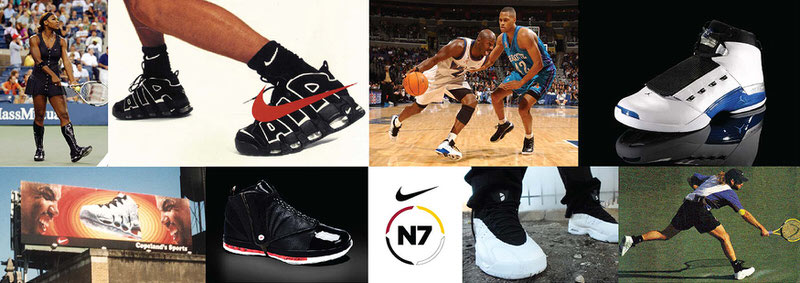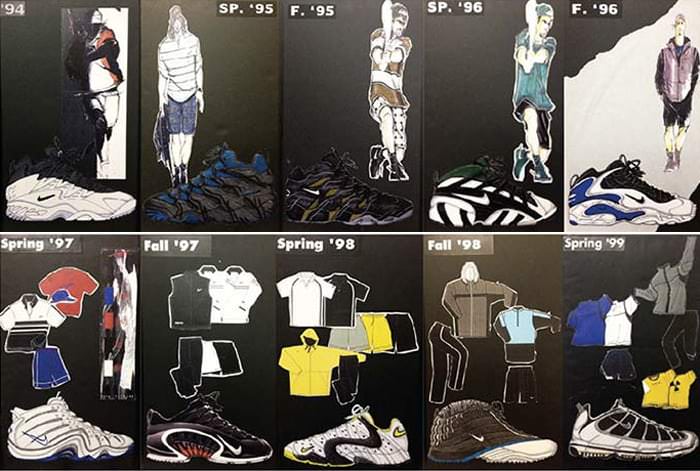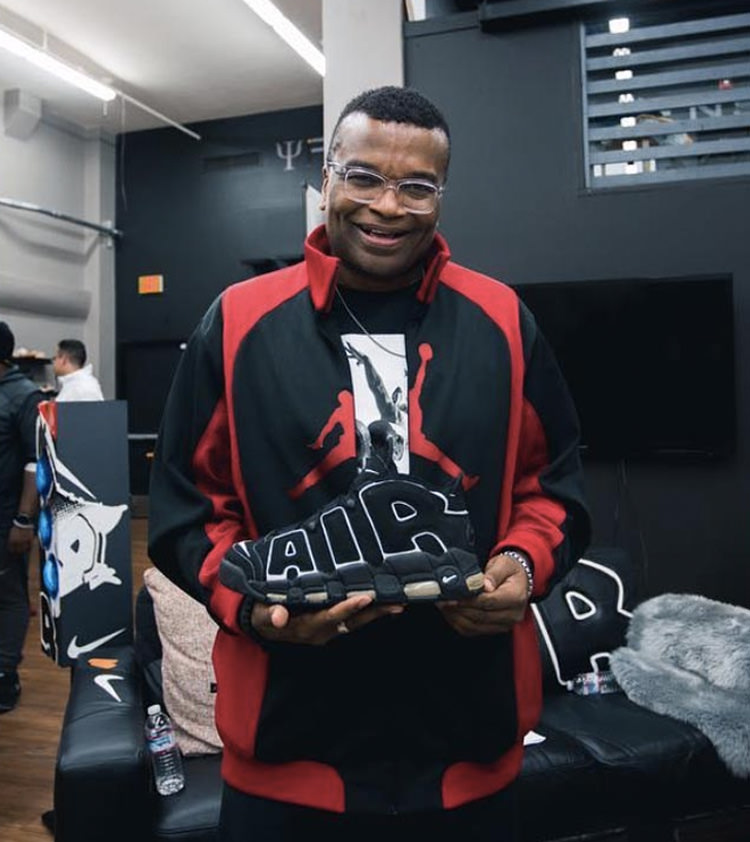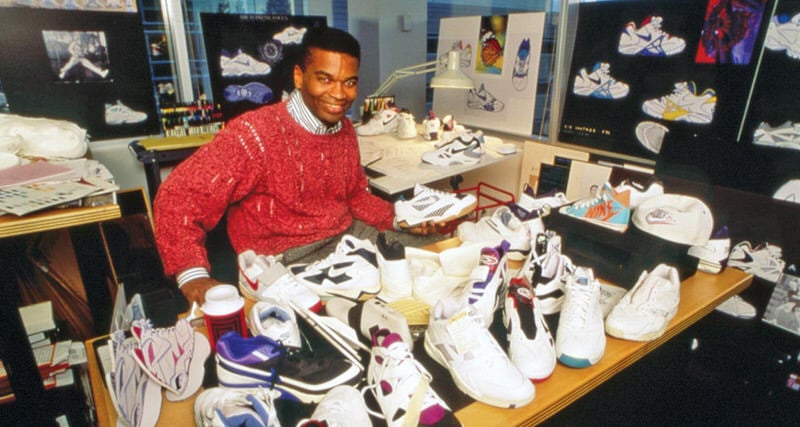This post may contain affiliate links. Please read our disclosure policy.
words // Nick DePaula:
One of the pioneers of the athletic industry, longtime celebrated Nike designer Wilson Smith III was recently highlighted by the University of Oregon’s College of Design with its grandest honor, the esteemed Ellis F. Lawrence Medal of Honor, designated on an annual basis and awarded for a career of achievement.
A former Duck himself from the School of Architecture’s Class of 1980, Smith has gone on to impact the collective worlds of product design, architecture and mentorship over his past three decades with the Beaverton-based brand.
“Wilson is an exceptionally talented designer, teacher, and motivational speaker. We are thrilled to recognize his outstanding contributions to the field of design, and his passion for giving back to the next generation of designers,” said Christoph Lindner, dean of the College of Design.
 Hired at Nike in 1983, Smith became the company’s first African American footwear designer and received his start thanks to a co-sign from a fellow Oregon architecture student just a few classes ahead of him — none other than Tinker Hatfield. Like Hatfield, he was originally hired at the Swoosh to simply work in the company’s corporate architecture division. Also like Hatfield, Smith’s talents soon expanded throughout the brand, as he was handed key footwear design projects and produced a string of standout sneakers that made him a rising star on campus.
Hired at Nike in 1983, Smith became the company’s first African American footwear designer and received his start thanks to a co-sign from a fellow Oregon architecture student just a few classes ahead of him — none other than Tinker Hatfield. Like Hatfield, he was originally hired at the Swoosh to simply work in the company’s corporate architecture division. Also like Hatfield, Smith’s talents soon expanded throughout the brand, as he was handed key footwear design projects and produced a string of standout sneakers that made him a rising star on campus.
His earliest work included the Air Max BW running shoe, the Air Max CB34 signature model for Charles Barkley, and one of the brand’s most beloved designs in company history, the tech-boasting Air More Uptempo in 1996. In 1997, he was named the first dedicated designer for the company’s newly formed Jordan Brand.
Once Michael Jordan retired from the NBA in 1998, Hatfield tapped Smith to begin working on the eventual Air Jordan XVI and XVII designs for the start of the new millennium. As it turned out, Jordan of course returned to action with the Washington Wizards, validating Smith’s timeless and elegant 17th Air Jordan design on the pro hardwood during the 2001-02 season.
His history of stellar designs are not only limited to the world of running and hoops, as some of Smith’s greatest work has been seen in the Nike Tennis category. He took over the Andre Agassi signature series from Hatfield in the mid-90s, and has also been at the forefront of designing Serena Williams’ progressive and industry defining Nike series.

“Whenever I see people wearing my product, I feel overjoyed,” beams Smith. “I think, ‘It’s a shoe.’ They could have worn anything. They chose one I designed. That’s a major honor. It’s also been a kick when the major athletes wear it. But even when other people on the street choose it, it’s a thrill.”
His work throughout his career has touched on every aspect of Nike’s expansive company framework, from footwear and apparel, to architecture, retail and brand design. His latest efforts are centered on the mission of adaptive design — products geared for athletes with physical disabilities.
More recently, Smith has also taken up ensuring that he’s passing on his ample knowledge and industry experience to the next generation, becoming an instructor at the UO’s Department of Product Design branch in Portland. While his sneaker designs will leave a long imprint for decades to come, he’s hoping his work with future students can be the hallmark of his legacy.
“I really want to be about passing it on, empowering students to find their direction. That’s personally very huge for me,” he says. “I look at myself and the UO and I want to say, ‘Hey, you can do it too.’ I got to hit a home run. The most important thing I can do is encourage the next generation that they can hit a home run as well.”





